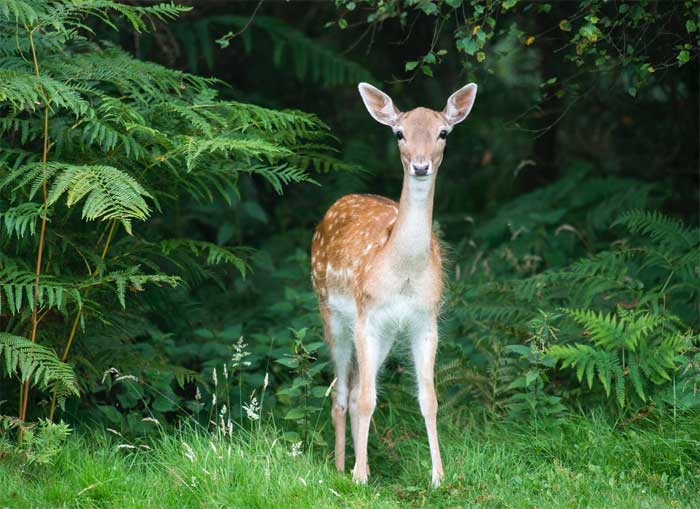In a recent study, deer have been confirmed as the latest victims of Covid-19. The report indicates that the virus infection was detected in nearly one-third of the white-tailed deer (Odocoileus virginianus) population in Iowa, USA.
The study was conducted on samples from 283 white-tailed deer, including 151 free-ranging deer and 132 captive deer in Iowa from April to December 2020. The results showed that 94 out of 283 deer samples tested positive for SARS-CoV-2 via RT-PCR testing, which is approximately one-third of the white-tailed deer.

1/3 of white-tailed deer samples in Iowa, USA tested positive for Covid-19. (Photo: Mic).
Notably, in the testing period from November 23, 2020, to January 10, 2021, 80 out of 97 (accounting for 82.5%) deer samples tested positive for SARS-CoV-2. Whole-genome sequencing of the 94 positive samples identified 12 strains of the SARS-CoV-2 virus, with strains B.1.2 (54.5%) and B.1.311 (20%) among the total samples.
The study, published in the journal bioRxiv on November 5, indicates that the transmission of the SARS-CoV-2 virus in white-tailed deer may be influenced by contact between humans and deer, ultimately leading to transmission from deer to deer.
The discovery of SARS-CoV-2 transmission to deer and elk has significant implications for the ecosystem and the long-term persistence of the disease, as well as the potential for spillover to other animal species and humans. These findings highlight the urgent need for a robust and proactive approach to better understand the ecology and evolution of SARS-CoV-2.
The cause of SARS-CoV-2 transmission to white-tailed deer in Iowa is still under investigation. According to the study, the most likely potential source of virus transmission between humans and white-tailed deer is from cigarette butts. Other suspected sources include wastewater discharge or food supplies from local citizens.
Dr. Rachel Ruden, a wildlife veterinarian from Iowa and the study’s author, stated that direct contact for virus transmission from humans to deer is very low. This means that simple interactions from an infected person could pose a risk to deer. She added that the impact is significant in Iowa, where over 445,000 white-tailed deer reside.
Dr. Ruden remarked: “This is not the first case of the virus spreading from humans to deer. A separate study published by the U.S. Department of Agriculture found that 40% of deer in Illinois, Michigan, Pennsylvania, and New York had SARS-CoV-2 antibodies.”


















































